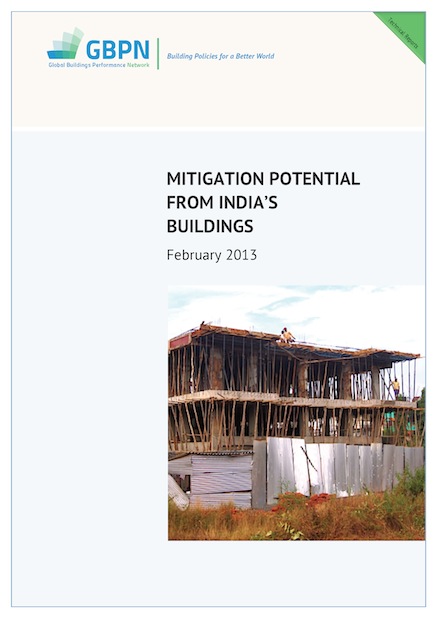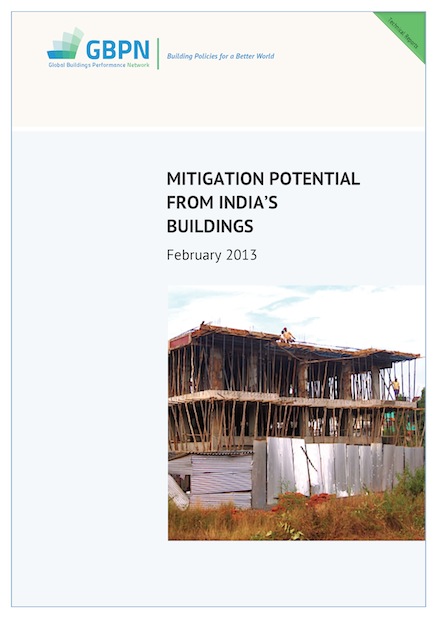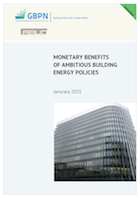印度建筑的减排潜力

可靠证据表明,至2050年印度建筑领域会产生巨幅能源增长,基于此估测,本报告分析了印度目前建筑节能减排的政策框架及其节能潜力。
8 result(s) found

可靠证据表明,至2050年印度建筑领域会产生巨幅能源增长,基于此估测,本报告分析了印度目前建筑节能减排的政策框架及其节能潜力。
可靠证据表明,至2050年印度建筑领域会产生巨幅能源增长,基于此估测,本报告分析了印度目前建筑节能减排的政策框架及其节能潜力。
 可靠证据表明,至2050年印度建筑领域会产生巨幅能源增长,基于此估测,本报告分析了印度目前建筑节能减排的政策框架及其节能潜力。
可靠证据表明,至2050年印度建筑领域会产生巨幅能源增长,基于此估测,本报告分析了印度目前建筑节能减排的政策框架及其节能潜力。
 Technical Report
Technical Report
Demonstrating the enormity of the predicted energy growth in India's building sector up to 2050, this report explores the current political framework for energy efficient buildings and the potential for change.
Mainstreaming high-performance buildings could deliver a 124% return on investment globally through building-related energy cost savings by 2050 says a new comprehensive assessment study of the costs and benefits of low energy building pathways published by the GBPN.
![[Report] Monetary Benefits of Ambitious Building Energy Policies-GBPN](https://gbpn.org/wp-content/uploads/2015/01/Report-Monetary-Benefits-of-Ambitious-Building-Energy-Policies-GBPN.png)
 Mainstreaming high-performance buildings could deliver a 124% return on investment globally through building-related energy cost savings by 2050 says a new comprehensive assessment study of the costs and benefits of low energy building pathways published by the GBPN in cooperation with the Central European University’s Center for Climate Change and Sustainable Energy Policy (3CSEP) and Advanced Building and Urban Design (ABUD).
Mainstreaming high-performance buildings could deliver a 124% return on investment globally through building-related energy cost savings by 2050 says a new comprehensive assessment study of the costs and benefits of low energy building pathways published by the GBPN in cooperation with the Central European University’s Center for Climate Change and Sustainable Energy Policy (3CSEP) and Advanced Building and Urban Design (ABUD).
First adopted in 2007, and most recently renewed in 2015, New Mexico’s Sustainable Building Tax Credit supports the greening of many building types across the state. Released in October, 2017, this case study captures the impacts of this landmark policy and highlights the context and people that helped to create and sustain this nation-leading green building policy.
This is an example of LEED being used in an innovative tax policy across the United States and potentially serve as a tax model elsewhere.
A guide with these contents